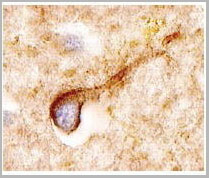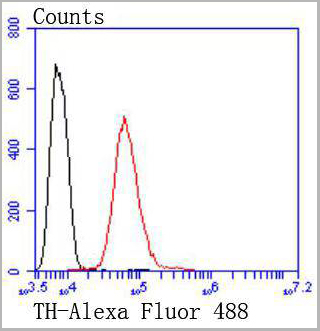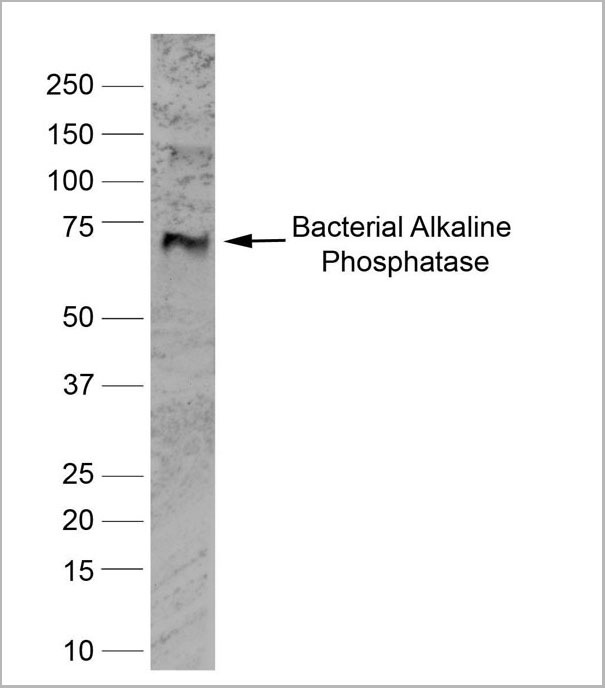Preparation and Storage
Upon receipt store Dextran Removal Solution at room temperature. Store all other components at 4 degree C.
Related Product Information for HDL purification kit
Background/Introduction: Lipoproteins are submicroscopic particles composed of lipid and protein held together by noncovalent forces. Their general structure is that of a putative spheroidal microemulsion formed from an outer layer of phospholipids, unesterified cholesterol, and proteins, with a core of neutral lipids, predominately cholesteryl esters and triacylglycerols (TAG). Very low density lipoprotein (VLDL), a spherical particle with a diameter of 30-100 nm, is the major plasma vehicle for TAG and is the precursor to Low density lipoprotein (LDL). Each VLDL contains one molecule of a hydrophobic protein known as apolipoprotein B-100 (Apo B), as well as multiple copies of apolipoprotein E and apolipoprotein C. High Density Lipoprotein (HDL) is also a spherical particle with diameter of about 10 nm (Figure 1). HDL contains the Apoliprotein AI and AII molecules. HDL and LDL cholesterol levels in the blood are important indicators of many disease states. High blood levels of LDLs are associated with health problems and cardiovascular disease. For this reason, LDL is often referred to as the "bad cholesterol." LDL particles that accumulate within arteries can form plaques over time, which can increase chances of a stroke, heart attack, or vascular disease. HDL particles are able to remove cholesterol from within arteries and transport it back to the liver for re-utilization or excretion, which is the main reason why the cholesterol carried within HDL particles is sometimes called "good cholesterol." Monitoring circulatory levels of different lipoproteins is critical to the identification of lipid transport disorders such as atherosclerosis. The HDL Purification Kit uses Dextran Sulfate to selectively precipitate HDL. The kit allows for the purification of HDL without the need for ultracentrifugation. The lipoprotein particles are highly purified through a series of precipitation and low speed centrifugation steps. Each kit provides sufficient reagents to perform up to 10 preps, and each preparation can purify up to 10 mL of serum or plasma samples with a yield of ~4500 ?g of HDL per mL for human samples (expected yield will vary by species).
Product Categories/Family for HDL purification kit
References
1. Atmeh R. F. (1990) J Lipid Res, 31: 1771-1780.
2. Havel R.J., Eder H.A., and Bragdon J.H. (1955) J. Clin. Invest, 34: 1345-1353.
3. Gaubatz J.W., Chari M.V., Nava M.L, Guyton J.R., and Morrisett J.D. (1987) J Lipid Res, 28: 69-79.
4. Kostner G.M., Ibovnik A., Holzer H., and Gillhofer H. (1999) J Lipid Res. 40: 2255-2263.
5. Hirowatari Y., Yoshida H., Kurosawa H., Shimura Y., Yanai H., and Tada N. (2010) J Lipid Res. 51: 1237-1243.
6. Lasser N.L., Roheim P.S., Edelstein D., and Eder H.A. (1973) J Lipid Res. 14: 1-8.
7. Camus M-C., Chapman M.J., Forgez P., and Laplaud P.M. (1983) J Lipid Res. 24: 1210-1228.
2. Havel R.J., Eder H.A., and Bragdon J.H. (1955) J. Clin. Invest, 34: 1345-1353.
3. Gaubatz J.W., Chari M.V., Nava M.L, Guyton J.R., and Morrisett J.D. (1987) J Lipid Res, 28: 69-79.
4. Kostner G.M., Ibovnik A., Holzer H., and Gillhofer H. (1999) J Lipid Res. 40: 2255-2263.
5. Hirowatari Y., Yoshida H., Kurosawa H., Shimura Y., Yanai H., and Tada N. (2010) J Lipid Res. 51: 1237-1243.
6. Lasser N.L., Roheim P.S., Edelstein D., and Eder H.A. (1973) J Lipid Res. 14: 1-8.
7. Camus M-C., Chapman M.J., Forgez P., and Laplaud P.M. (1983) J Lipid Res. 24: 1210-1228.
Similar Products
Product Notes
The HDL (Catalog #AAA11420) is a Purification Kit and is intended for research purposes only. The product is available for immediate purchase. It is sometimes possible for the material contained within the vial of "HDL, Purification Kit" to become dispersed throughout the inside of the vial, particularly around the seal of said vial, during shipment and storage. We always suggest centrifuging these vials to consolidate all of the liquid away from the lid and to the bottom of the vial prior to opening. Please be advised that certain products may require dry ice for shipping and that, if this is the case, an additional dry ice fee may also be required.Precautions
All products in the AAA Biotech catalog are strictly for research-use only, and are absolutely not suitable for use in any sort of medical, therapeutic, prophylactic, in-vivo, or diagnostic capacity. By purchasing a product from AAA Biotech, you are explicitly certifying that said products will be properly tested and used in line with industry standard. AAA Biotech and its authorized distribution partners reserve the right to refuse to fulfill any order if we have any indication that a purchaser may be intending to use a product outside of our accepted criteria.Disclaimer
Though we do strive to guarantee the information represented in this datasheet, AAA Biotech cannot be held responsible for any oversights or imprecisions. AAA Biotech reserves the right to adjust any aspect of this datasheet at any time and without notice. It is the responsibility of the customer to inform AAA Biotech of any product performance issues observed or experienced within 30 days of receipt of said product. To see additional details on this or any of our other policies, please see our Terms & Conditions page.Item has been added to Shopping Cart
If you are ready to order, navigate to Shopping Cart and get ready to checkout.






















